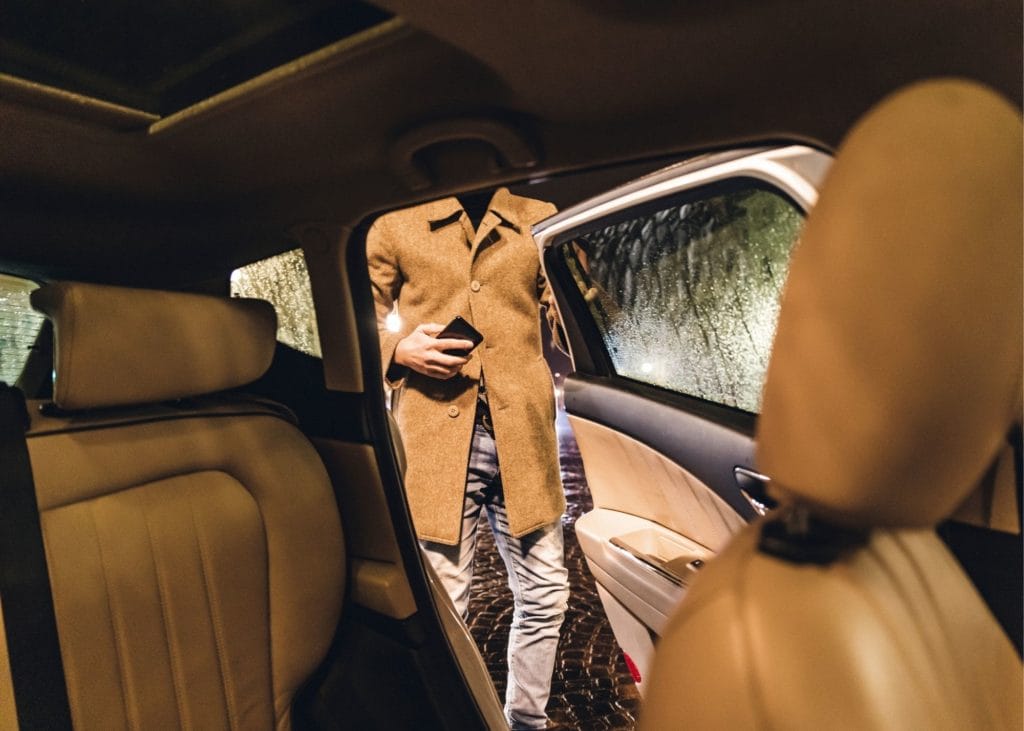Uber Sexual Assault Legal Services
The rise of Uber and similar services has brought with it a disturbing trend: the occurrence of sexual assaults during rides. It becomes crucial for those who have been affected by such horrible crimes to seek justice and regain their voice. This is where the expertise of an Uber sexual assault lawyer becomes invaluable.
Welcome to Melissa Hague | Sexual Assault Lawyers, where we specialize in providing legal assistance to survivors of Uber sexual assault. Our firm understands the profound impact of such traumatic experiences and is committed to advocating for justice on behalf of victims.
Understanding Sexual Assault Uber
Sexual assault Uber refers to instances where individuals have experienced sexual harassment, abuse, or assault while using the Uber ride-share service. These unfortunate occurrences, which impact travelers of all genders and origins, are not uncommon.
Survivors of sexual assault Uber often face significant physical, emotional, and psychological challenges in the aftermath of the incident.
Navigating the Legal Landscape
Following a traumatic event, victims frequently struggle with a wide range of feelings, including dread, rage, and a deep sense of violation. It can be intimidating to consider pursuing legal action in the midst of all of this chaos. However, victims can start to regain a sense of agency and control over their lives with the help of an experienced Uber sexual assault lawyer.
The Role of Uber Sexual Assault Lawyers
An Uber sexual assault lawyer serves as more than just a legal advocate. They become a source of support and empowerment for survivors. These experts guide their clients through the intricacies of the legal system with empathetic counsel and unwavering commitment.
Our group is committed to offering sympathetic assistance and expert guidance throughout the legal procedure. We understand the importance of holding both perpetrators and the ride-share company accountable for their actions.

Legal Recourse for Survivors
Survivors of Uber sexual assault have the right to pursue legal recourse against the perpetrator and, in some cases, the ride-share company itself. Our firm assists clients in understanding their legal options, which may include:
Civil Lawsuits
Survivors can file civil lawsuits seeking compensation for damages such as medical expenses, therapy costs, lost wages, and pain and suffering.
Criminal Charges
Uber sexual assault perpetrators can be charged with a crime, which might result in jail time and other consequences.
Ubers Responsibility
Uber may be held liable for failing to implement adequate safety measures to protect passengers from sexual assault. This could involve poor background checks, inadequate driver training, and a failure to address misbehavior allegations.

How Our Firm Can Help
At Melissa Hague | Sexual Assault Lawyers, we offer comprehensive legal services tailored to the unique needs of Uber sexual assault survivors. Our approach includes
Legal Consultations
We offer free, confidential consultations to discuss the specifics of your case and consider your legal choices.
Evidence Gathering
Our team assists clients in gathering evidence, including witness statements, medical records, and documentation of the assault.
Negotiation and Litigation
We advocate on behalf of our clients in negotiations with Uber, insurance companies, and other parties involved. If necessary, we are prepared to litigate aggressively in court to secure a favorable outcome.
Emotional Support
We understand the emotional toll of Uber’s sexual assault and offer compassionate support throughout the legal process.

Challenges and Allegations
The prevalence of sexual assault allegations against ride-sharing companies like Uber underscores the urgent need for accountability and reform within the industry. Previous lawsuits have exposed systemic flaws in safety procedures, such as insufficient background checks and driver education.
Victims deserve more than empty promises. They deserve tangible action and meaningful change.
Empowering Survivors
For those who have experienced the trauma of Uber sexual assault, the path to healing is often fraught with obstacles. However, survivors can start to exercise their rights and reclaim their voices with the help of a sympathetic legal team.
Every success in fighting sexual violence, whether via financial compensation, stronger safety regulations, or structural changes, is a positive step in the right path.
The Importance of Advocacy
Beyond individual cases, the fight against Uber sexual assault requires collective action and advocacy. Through increasing awareness, prosecuting offenders, and demanding responsibility from ride-sharing firms, we can strive toward a day when convenience does not come at the expense of security and safety.

Frequently Asked Questions
1. What should I do if I have been sexually assaulted while using Uber?
If you've experienced sexual assault during an Uber ride, your safety and well-being are the top priorities. First, report the event to local enforcement and, if necessary, seek emergency medical assistance. Any proof of the assault, including screenshots of the ride information or correspondence with Uber support, must be kept safe. Additionally, consider reaching out to a trusted friend or family member for support during this challenging time.
2. Can I sue Uber for sexual assault?
Yes, survivors of Uber sexual assault have the legal right to pursue civil action against both the perpetrator and the ride-share company itself. Uber may be held accountable for failing to implement adequate safety measures to protect passengers from harm, such as inadequate driver screening or insufficient response to reports of misconduct.
Speaking with a knowledgeable Uber sexual assault attorney will help you go through the legal system intricacies and determine your legal alternatives.
3. How long do I have to file a lawsuit after an Uber sexual assault?
States have different statutes of limitations for bringing legal action following an Uber sexual assault. In order to determine the precise deadlines that apply to your case, you must speak with an experienced attorney as soon as possible.
By moving quickly, you provide your legal team the opportunity to collect proof, evaluate your losses, and develop a compelling case in your favor.
4. What damages can I recover in a civil lawsuit?
Compensation may include medical expenses, therapy costs, lost wages, and damages for pain and suffering.
5. Do I need a lawyer for an Uber sexual assault case?
While survivors can technically represent themselves, having an experienced lawyer can significantly increase the likelihood of a successful outcome and ensure your rights are protected.
6. Can I still pursue legal action if the perpetrator of the assault is unidentified or unknown?
Yes, survivors can still pursue legal action even if the perpetrator of the assault is unidentified or unknown. In these situations, the emphasis can move to make Uber answerable for their carelessness in guaranteeing passenger safety.
An expert Uber sexual assault attorney may assist with the investigation of the circumstances of the assault, the gathering of proof, and the development of a case against the ride-sharing business.
Seek Legal Assistance Today
If you have experienced sexual assault while using Uber or Lyft, do not hesitate to seek legal assistance. Melissa Hague | Sexual Assault Lawyers is dedicated to fighting for your rights and helping you reclaim your voice. For a private, cost-free consultation, get in touch with us right now.

